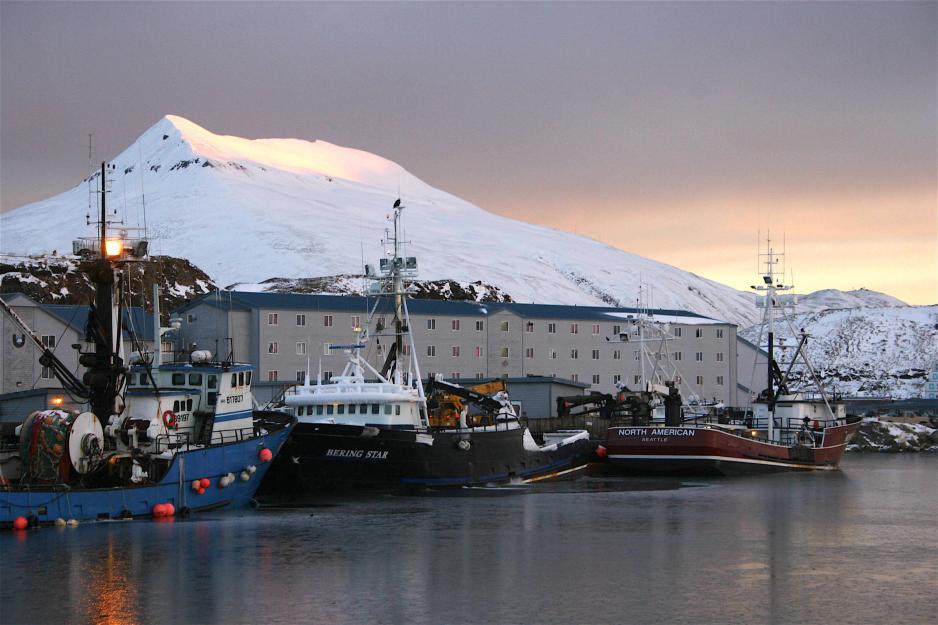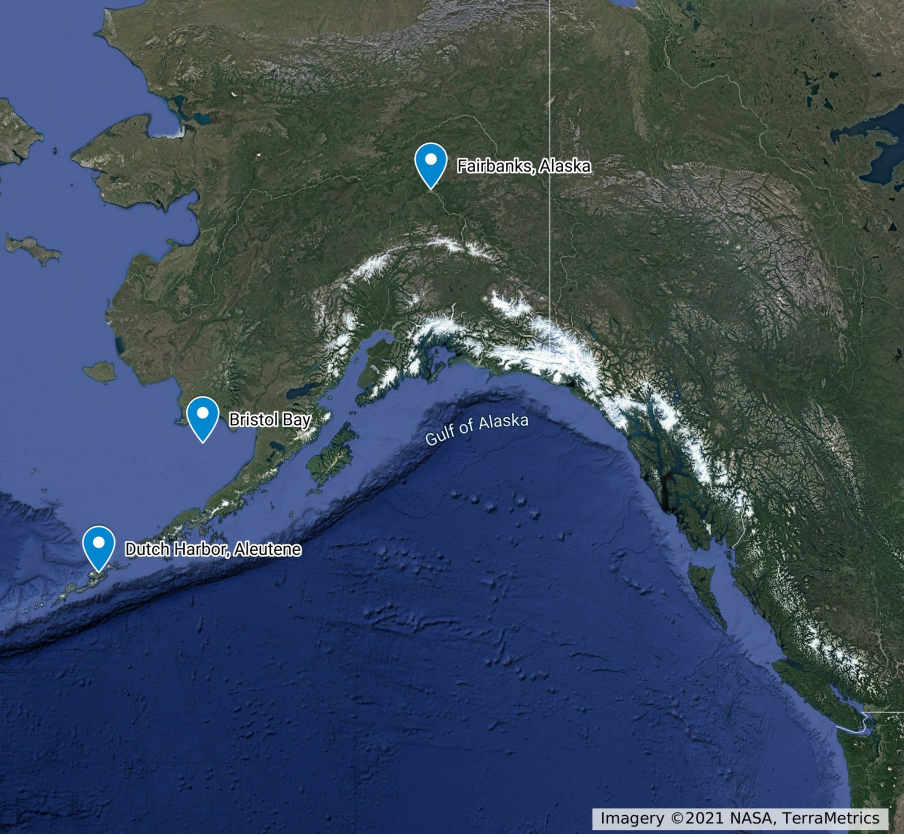Closes Well-Known Crab Fishery in Alaska for the First Time in 25 Years

Crab trawlers at bay in Dutch Harbor, located on the Aleutian archipelago in Alaska. (Photo: National Institute for Occupational Safety and Health/Wikimedia Commons)
Alaska’s authorities are closing the Bristol Bay red king crab fishery for the season. That may have serious repercussions for the fishing fleet, the industry and local communities in the state.
Alaska’s Department of Fish and Game decided earlier in September to shut down red king crab fisheries in Bristol Bay for the season, which normally commences mid-October.
The decision was made following investigations this summer showing a decrease in red king crab stocks as well as all the major crab stocks in the Bering Sea. The drop in biomass and abundance was most notable for the snow crab.
This is the first time in 25 years that the red king crab fisheries in Bristol Bay will be closed. However, the trend in recent years has shown declining stocks.
According to the most recent data from the National Oceanic and Atmospheric Administration (NOAA), the red king crab stock in Bristol Bay is not subject to overfishing. For the Bering Sea snow crab, the majority has disappeared or moved elsewhere.
Major values
The total crab fisheries in the Bering Sea generates vast economic values for the local fishery-based communities as well as the state of Alaska. As for red king crab, 2020 saw crab landings worth more than USD 50 million, according to NOAA.
The shutting down of Bristol Bay, as well as the expected reduction in snow crab catching, can this year end up costing the fleet more than USD 100 million, says CEO Jamie Goen of the Alaska Bering Sea Crabbers union, according to KUCB.
Read the whole KUCB story here.
Goen points out that this is not only a blow to the crab fishermen. The CEO says this will have consequences for the entire industry, producers, as well as for local communities depending on the income from crab fisheries.

In North American waters, the red king crab is found in the Bering Sea and the Aleutian Islands, as well as in the Gulf of Alaska and south of British Columbia, Canada.
Tax revenue cutbacks
Alaska is the USA’s largest seafood produces and accounts for more than half the country’s wild catch seafood in a typical year, according to Seafood Alaska figures.
The seafood industry brings large income to both state and local authorities. To many local communities in Alaska, the fisheries and seafood industry is the most important industry.
Generally speaking, crab fishing constitutes a rather small amount of Alaska’s overall catch if measured by volume. However, the value of these fisheries is rather high. For the town of Unalaska in the Aleutians, the reduction in both red king crab and snow crab fisheries will be noticed economically.
“It is a significant income, in particular for the fleet and the town, based on our tax revenues from fisheries and a small amount of sales revenue”, says fisheries consultant Frank Kelty with the City of Unalaska to KUCB.
Kelty adds that the town’s industry has grown increasingly dependent on other species than crabs. At Dutch Harbor, the USA’s largest port based on amounts of seafood landed, most production depends on pollock. It constitutes more than half the annual catch in Alaska, measured by volume.

